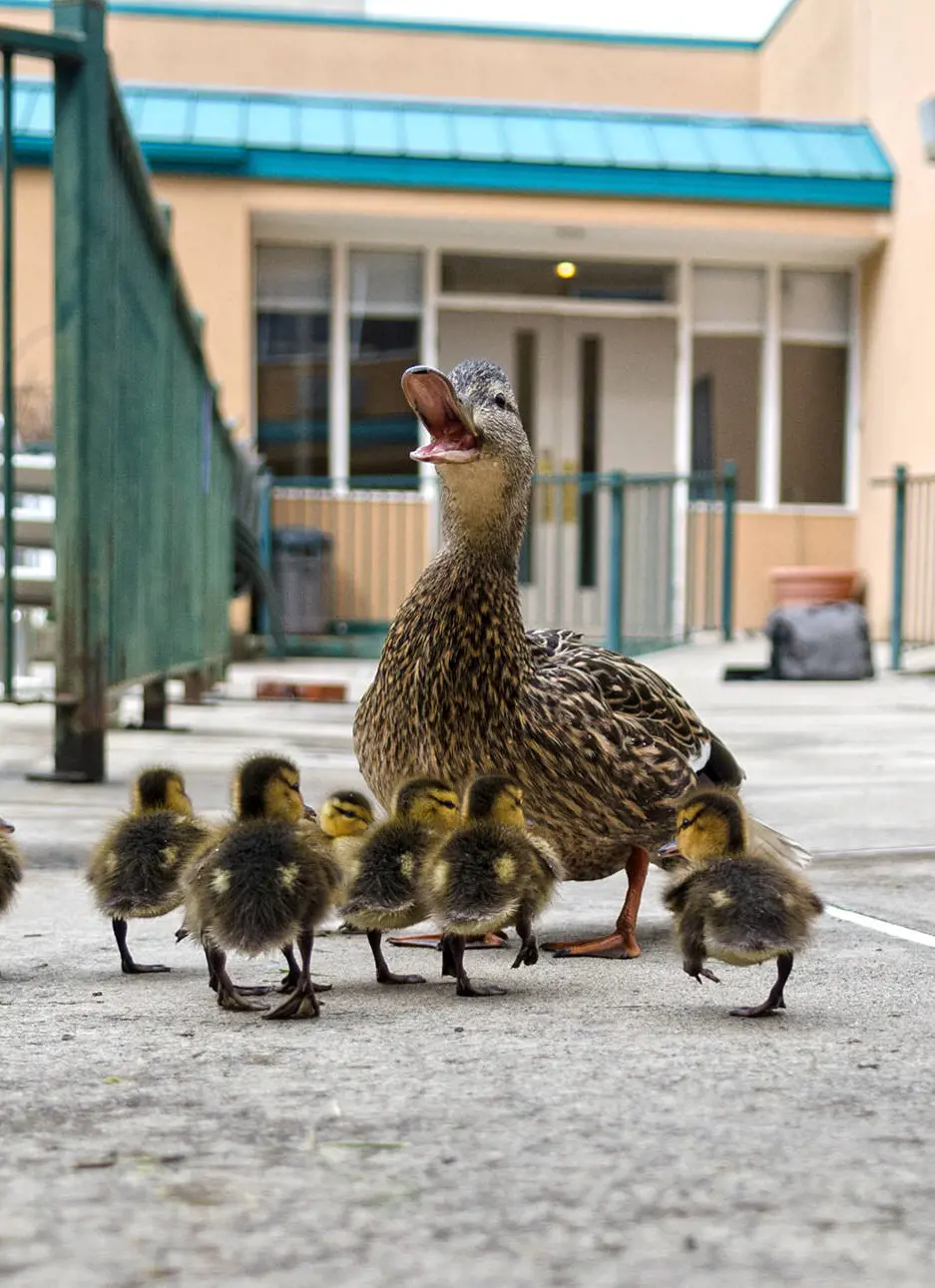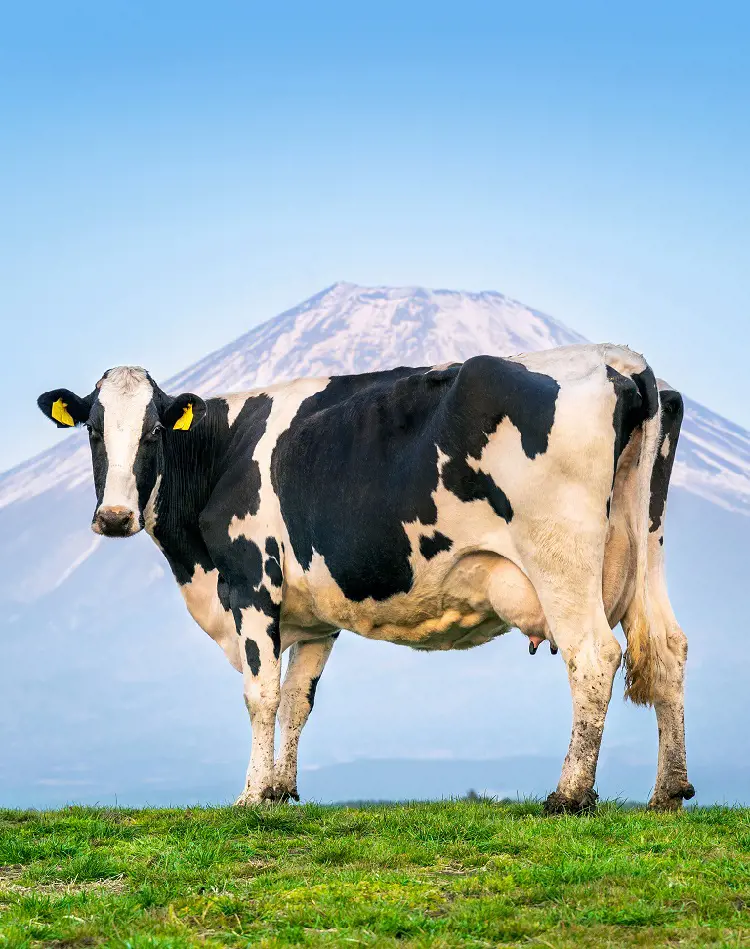23 Most Dangerous Animals To Keep Your Distance From
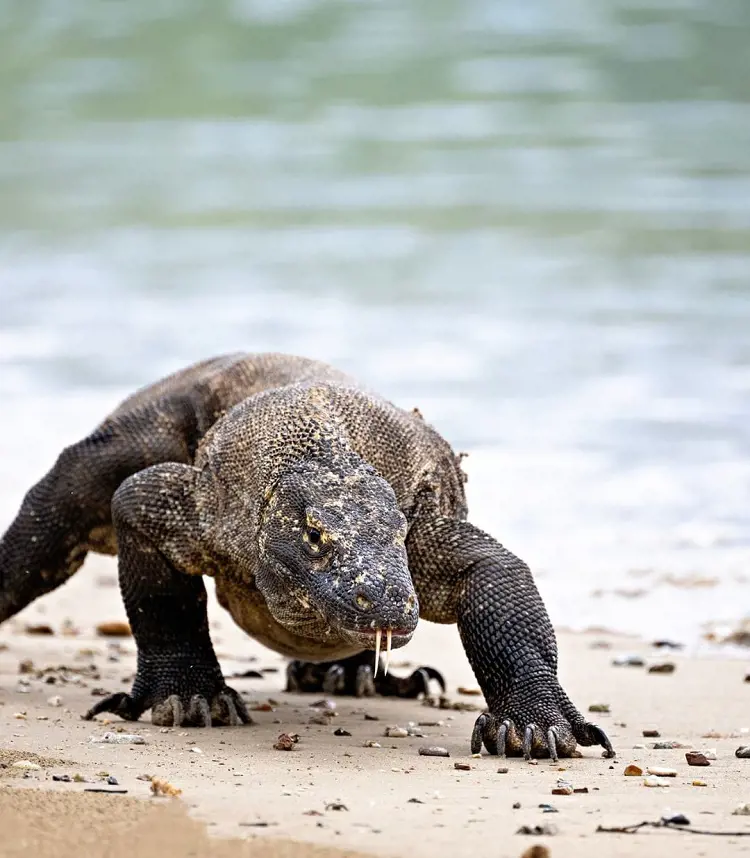
This post may contain affiliate links. If you make a purchase through links on our site, we may earn a commission.
In the animal world, some creatures are fascinating yet dangerous. From deep oceans to thick jungles, nature has made animals that demand our respect and caution. This list talks about 23 such animals, reminding us to stay away and be alert.
Whether it's venomous sea creatures, strong land predators, or tiny but deadly insects, we need to understand and respect their dangers. Let's begin our journey through the world of danger as we learn about these remarkable and sometimes scary animals that rightly hold their place as nature's toughest inhabitants.
1. Saltwater Crocodile
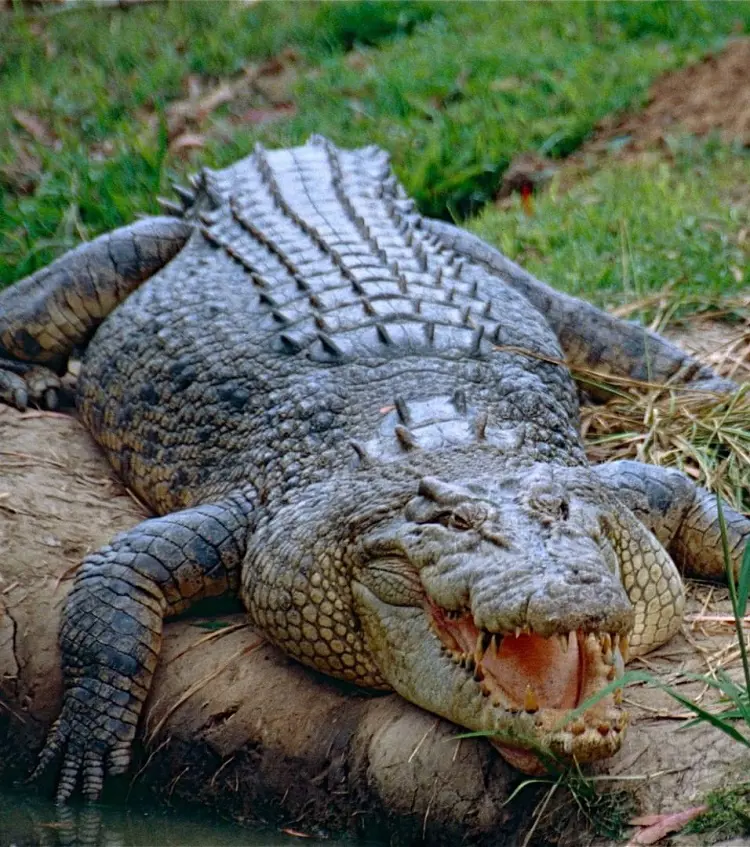
The Saltwater Crocodile is huge and powerful, growing up to 23 feet long, and is the top predator in saltwater areas. It's like a giant lurking underwater, using its strong jaws to surprise its prey.
The danger comes from its sneaky approach and quick, strong attacks. Its jaws can squeeze really hard, capturing prey and pulling them underwater to drown. Because of their big size and strength, meeting them can be dangerous for humans. The Saltwater Crocodile is fast, quiet, and can be deadly, showing how powerful top predators can be in the water.
- Interesting Facts: They can hold their breath for up to 2 hours underwater, allowing them to stalk prey unseen.
2. Box Jellyfish
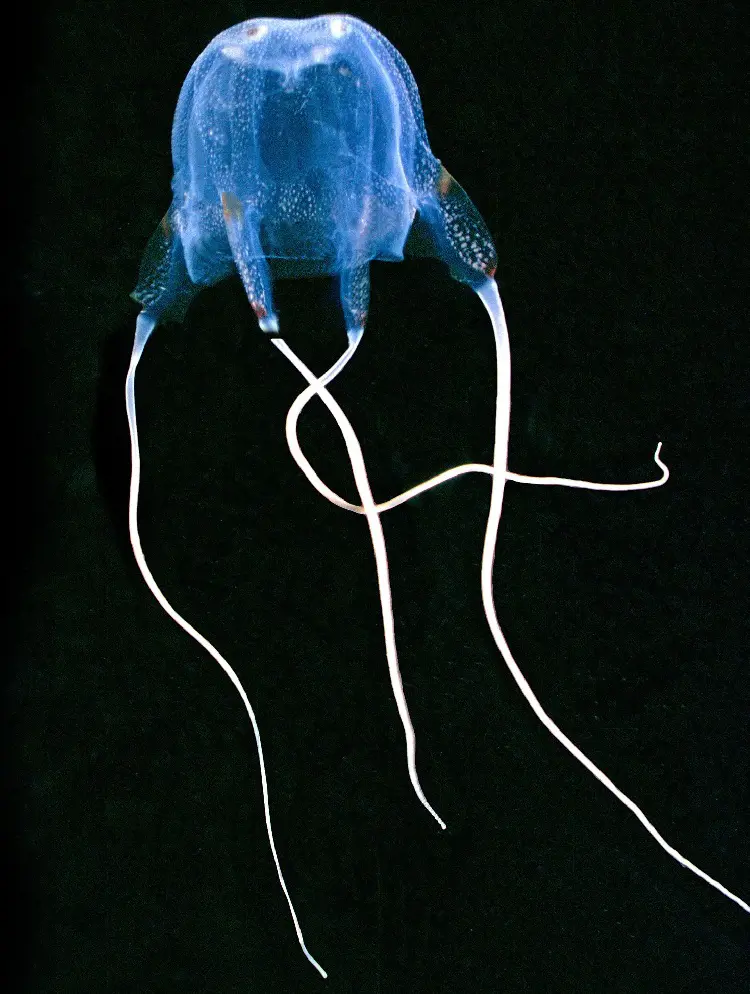
Jellyfish may look delicate, but some have strong stingers in the ocean. Most jellyfish are okay for humans, but a few, like the box jellyfish, have venom in their tentacles that can give painful stings and, in serious situations, be very dangerous.
Although it's not common, sometimes people can even die from these stings. The pain from a jellyfish sting can be bad, and some people might have strong allergic reactions. So, even though jellyfish seem gentle, it's important to be careful because some of them have a powerful sting.
- Interesting Facts: Their venom is powerful enough to kill 60 humans, and has even been known to sting through wetsuits.
3. African Elephant
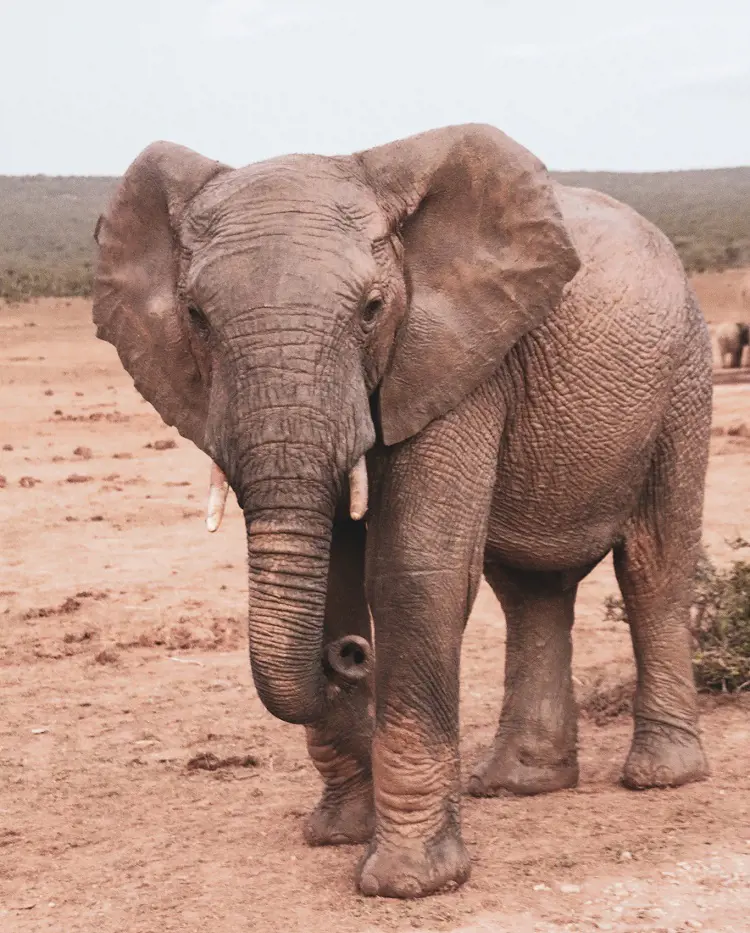
African Elephants, the biggest land animals on Earth, are linked to around 100 human deaths each year, usually because of conflicts between humans and elephants. While deadly elephant attacks don't happen a lot, they can occur.
This enormous animal that starts with A is usually provoked before they become a threat to people. They might attack when they feel scared or when humans come too close to their homes. So, it's important to be careful around them and respect their space to avoid conflicts and stay safe.
- Interesting Facts: They have incredibly strong memories and can recognize individual humans they encountered decades ago.
4. Cape Buffalo
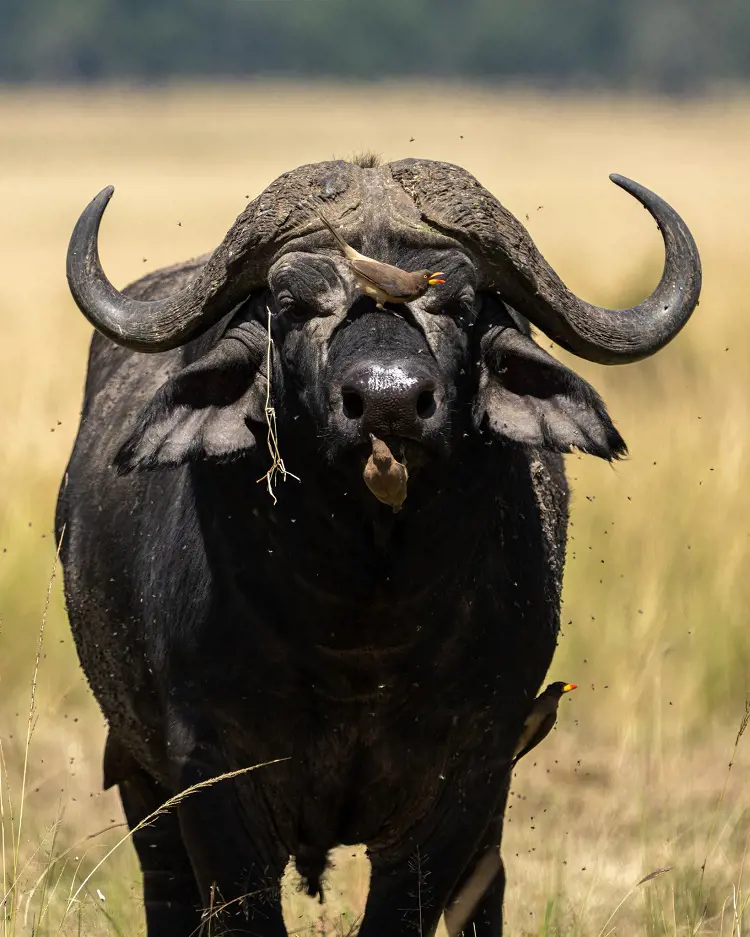
The African buffalo is the only wild cow in Africa, and it stands out with its strong, ridged horns used for fighting predators or other male buffaloes. These horns, along with their naturally aggressive behavior and big size, make them dangerous.
In East Africa, they are known for breaking fences to eat crops, leading to conflicts with humans and sometimes causing deadly accidents. So, even though they might seem like regular cows, African buffaloes are powerful and can be risky, especially when they are protecting themselves or searching for food.
- Interesting Facts: They can run surprisingly fast, reaching speeds of up to 35 miles per hour in short bursts.
5. Hippopotamus
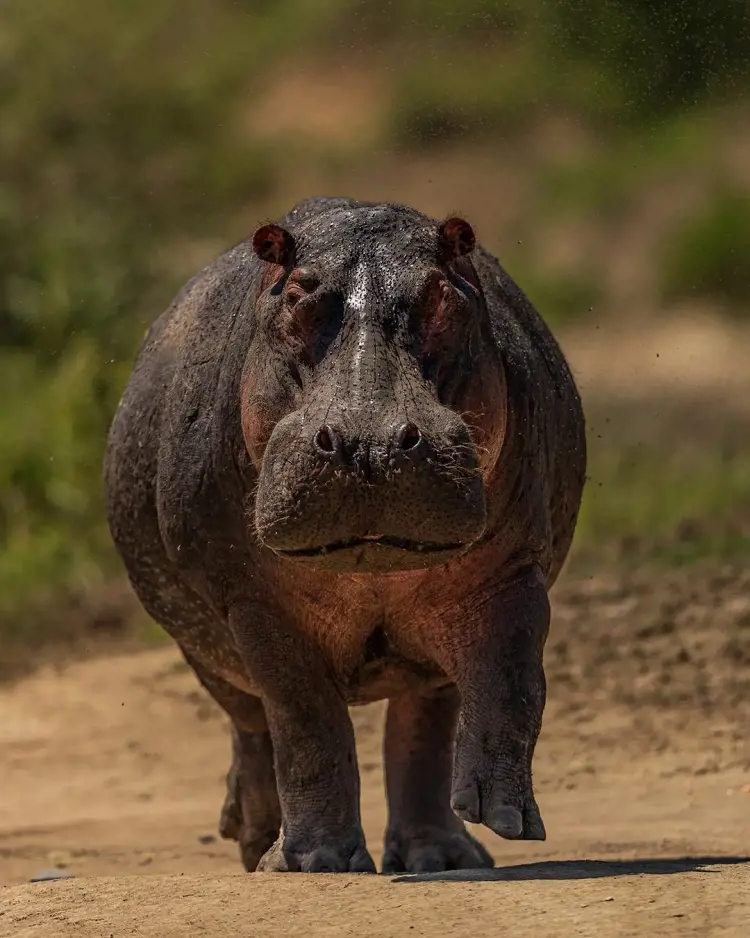
Hippopotamus might look calm while lounging in the water, but these big animals are quite aggressive and, surprisingly, cause about 500 to 3,000 human deaths each year. These dangerous animal hippopotamus attacks result in the highest percentage of fatalities when compared to attacks by lions and leopards.
People in East Africa often live close to where hippos naturally live, making it more likely for conflicts between humans and hippos to happen. So, even though they seem relaxed, hippos can be dangerous.
- Interesting Facts: Despite their bulky appearance, they're surprisingly agile underwater and can even outrun humans on land.
6. Black Mamba Snake
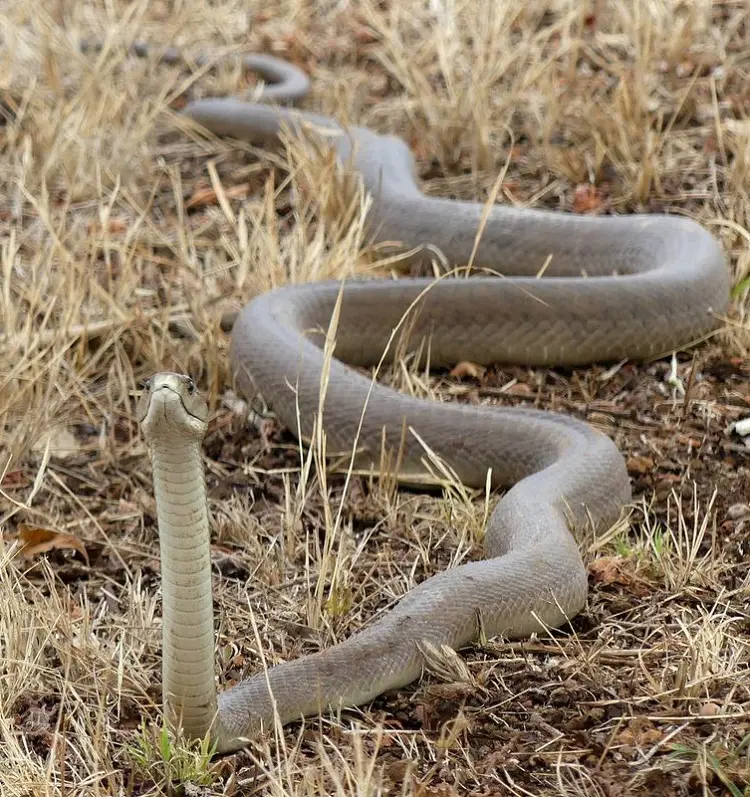
The Black Mamba is a super venomous snake, very risky in Africa. Its strong venom quickly causes paralysis and can even stop the heart in just 20 minutes. Luckily, it's not common to meet them because they're shy, and there's medicine to help if someone gets bitten.
This type of black snake likes living in open areas and woods in eastern and southern Africa. Even though the exact number may change, around 20 people might die from Black Mamba bites each year.
- Interesting Facts: It's not actually black, but rather a dark brown or olive color. The black refers to the color of its mouth lining, which it displays defensively.
7. Inland Taipan Snake
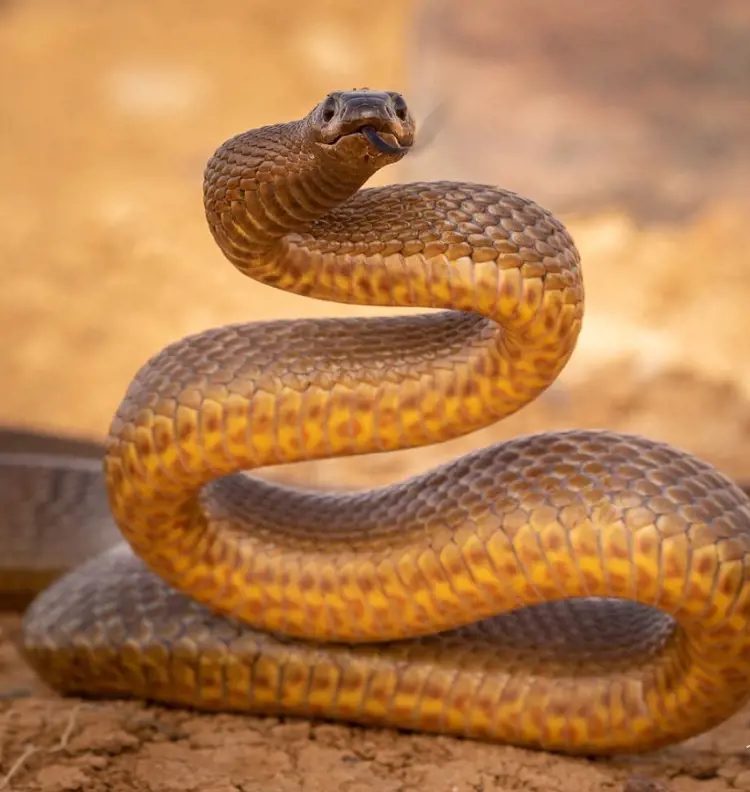
The Inland Taipan is the world's most venomous land snake, with a potent mix of toxins causing rapid paralysis and even respiratory failure. Luckily, these encounters are uncommon as they are shy and live only in the dry parts of central Australia. Antivenom is there to help, making the risk lower.
Though the exact numbers can vary, it's believed that less than 100 people have died from Inland Taipan bites throughout history. It's essential to stay away and respect where they live.
- Interesting Facts: Its venom is so potent that a single bite can kill over 100,000 mice.
8. Polar Bear
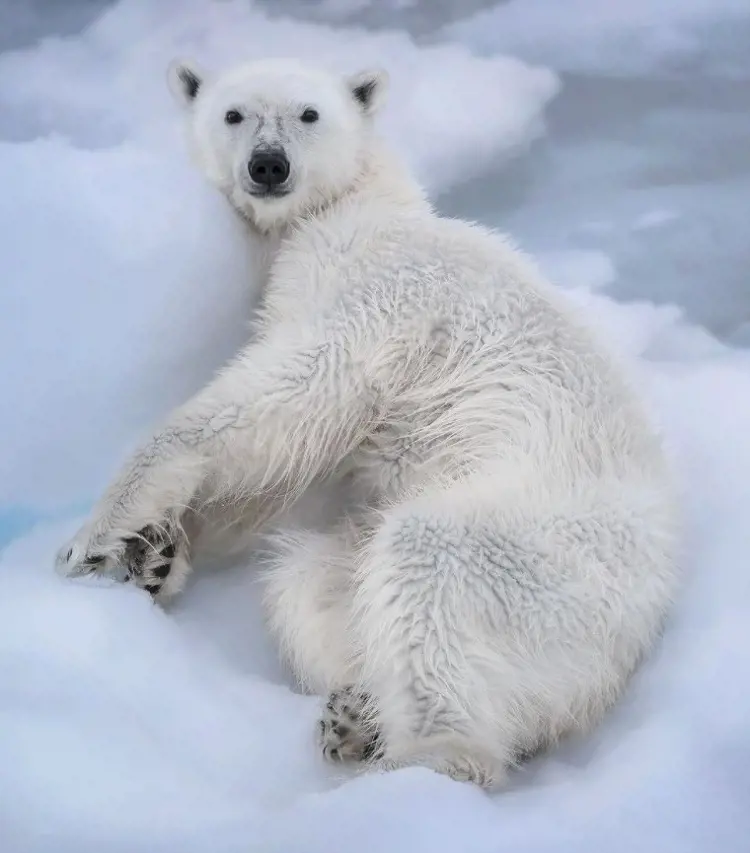
Polar bears are amazing Arctic hunters, but they can be dangerous if they feel scared or surprised. Even though they usually eat seals, they might see people as intruders. Because of their big size and strength, they can hurt people badly, sometimes even causing death.
This animal starting from P mostly lives on the icy sea around the Arctic, near places like Alaska, Canada, Greenland, and Russia. There have been fewer than 10 cases of polar bears causing human deaths in the last hundred years.
- Interesting Facts: They have fur on the soles of their paws for extra traction on ice and snow.
9. Great White Shark
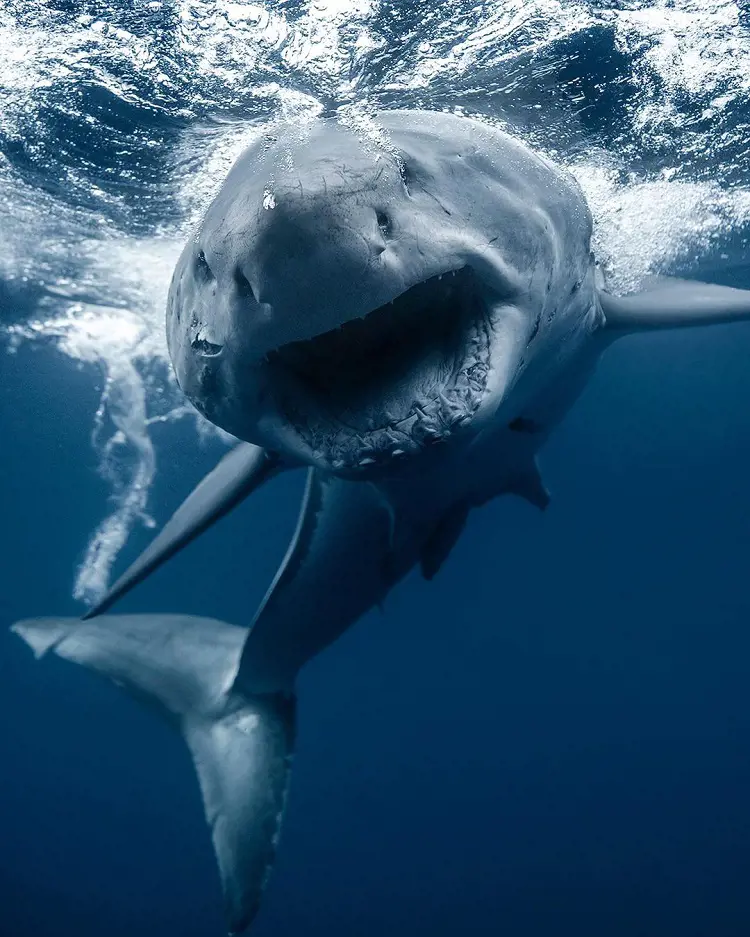
People often think sharks are super dangerous, but you're more likely to get hurt by fireworks than by a shark. In 2020, there were 57 times when sharks attacked without being provoked and 39 times when they were provoked, causing 13 deaths.
The biggest culprits are great white sharks, causing way more deaths than the second-most dangerous, tiger sharks, since 1850. White, tiger, and bull sharks are more likely to harm people because they often hang out where humans swim and have teeth that can cause serious injuries.
- Interesting Facts: They have rows of serrated teeth that constantly fall out and get replaced, ensuring they always have a sharp bite.
10. African Lion
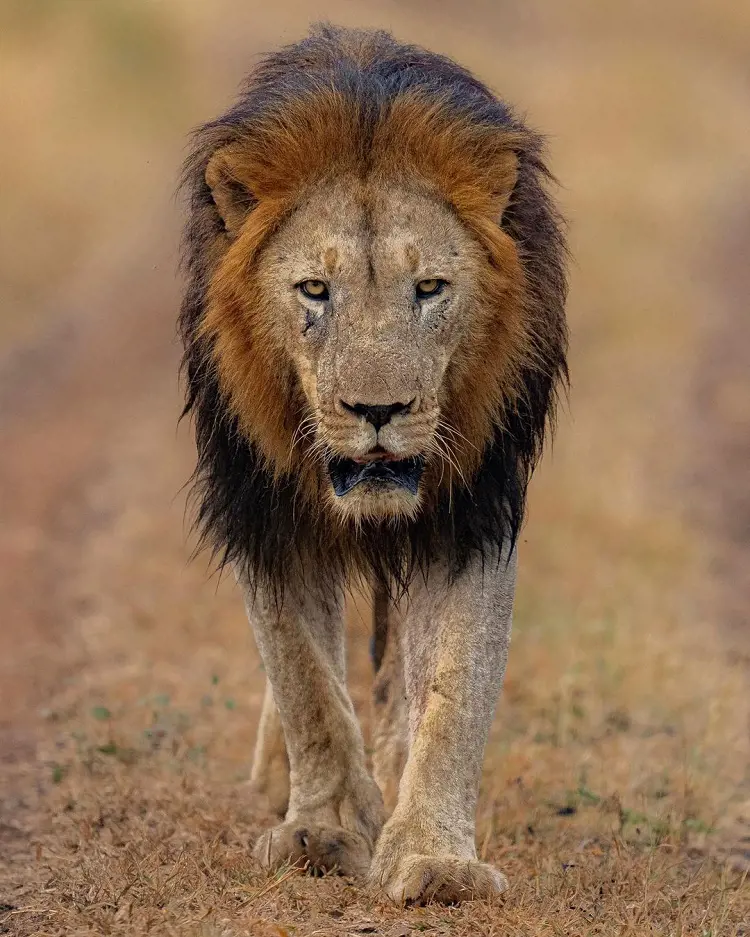
African Lions, often called the "king of the jungle," cause about 100 human deaths each year, especially where people and these big cats share living spaces. Lions might come near human homes because they smell food, animals, or even garbage.
If there's not much natural prey, or if lions start liking livestock, they might see humans as potential food too. So, people need to be careful in places where lions live, to avoid conflicts and stay safe.
- Interesting Facts: Lionesses do most of the hunting for the pride, while the males mainly focus on protecting their territory.
11. Deathstalker Scorpion
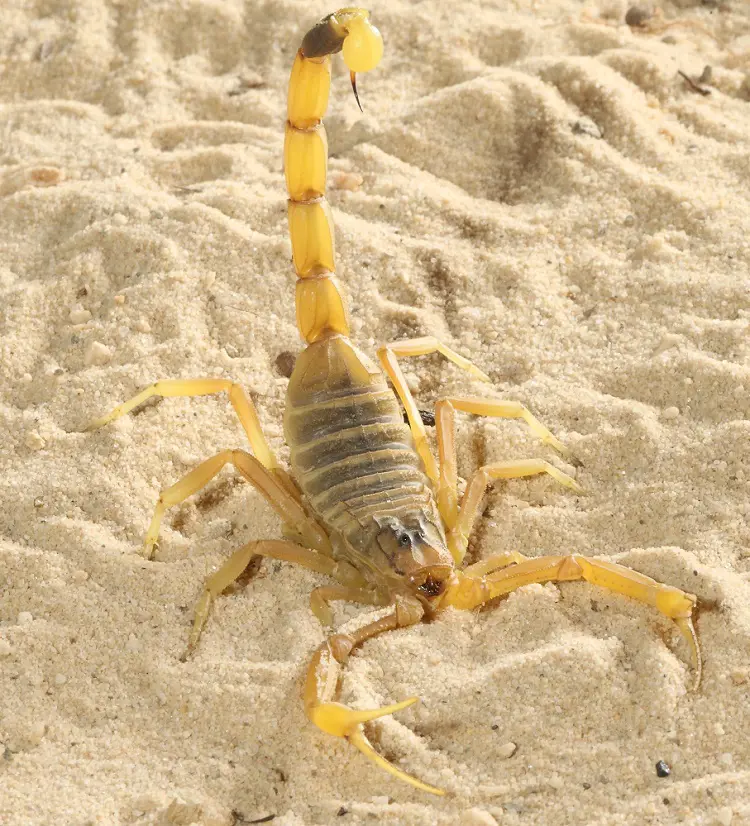
The most venomous scorpion globally is tiny, just 11 centimeters long, but its deadly stinger is really strong. In a study, the deathstalker scorpion's stinger moved as fast as 127.9 centimeters per second.
From 2005 to 2015, 16,275 people in the U.S. had to go to the hospital because of scorpion stings, and more than half of these happened in Arizona. So, even though these scorpions are small, their stings can be powerful and cause problems.
- Interesting Facts: Its sting is one of the most venomous in the world, but luckily they're relatively docile and rarely sting humans unless provoked.
12. Cape Cobra Snake
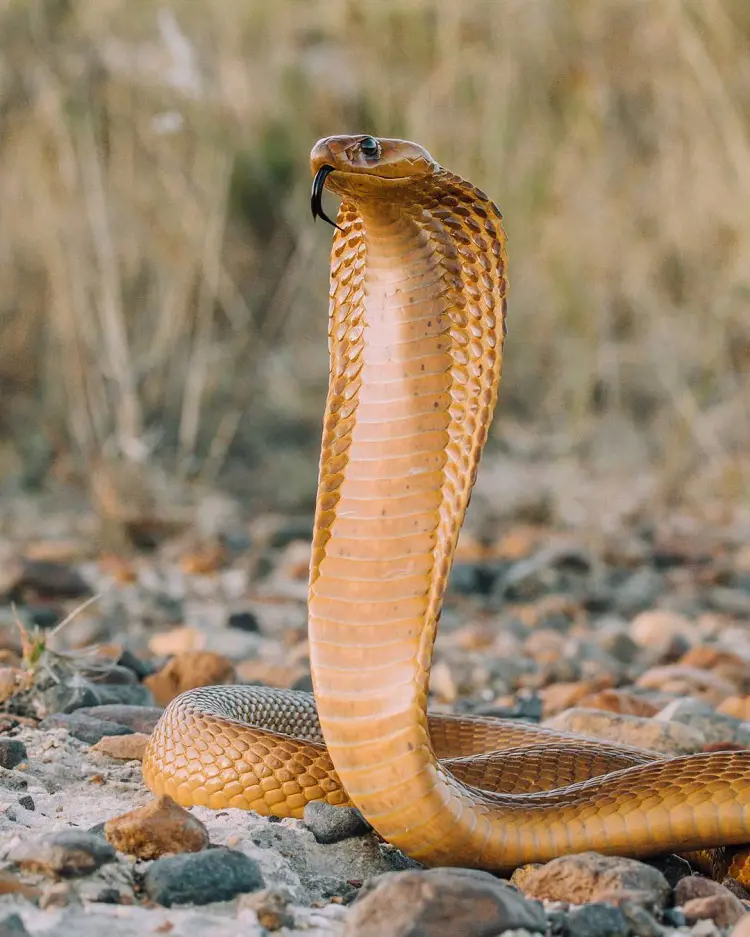
The Cape Cobra, known for its special hood and strong venom, can be really dangerous. Its venom affects the nerves, causing paralysis and even trouble breathing if not treated quickly. You can find them in southern and eastern Africa, especially in grassy areas and rocky places.
Even though their bites can be deadly, there's medicine that can help a lot. Also, more people know about them now, so not many get hurt. It's believed that fewer than 20 people die from Cape Cobra bites each year.
- Interesting Facts: They can spit their venom with remarkable accuracy, aiming for the eyes of their attacker.
13. Poison Dart Frog
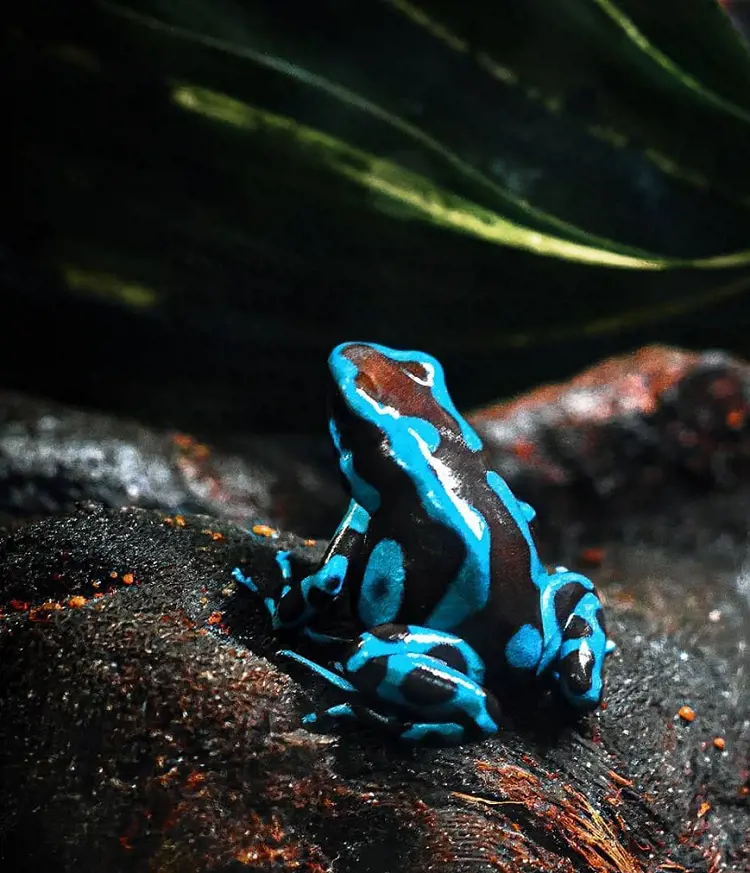
The biggest poison frog, not longer than 2.3 inches, lives in Colombia and carries a dangerous poison called batrachotoxin on its skin. Even a tiny bit of this poison can cause paralysis or death.
Scientists think these endangered frogs get the poison from eating harmful ants. Surprisingly, they don't get sick because their muscles have a natural change that makes them resistant to the poison. These frogs are unique and live only on the Pacific coast of Colombia.
- Interesting Facts: The brighter their colors, the more toxic they are! This is a warning to predators to avoid them.
14. Blue-Ringed Octopus
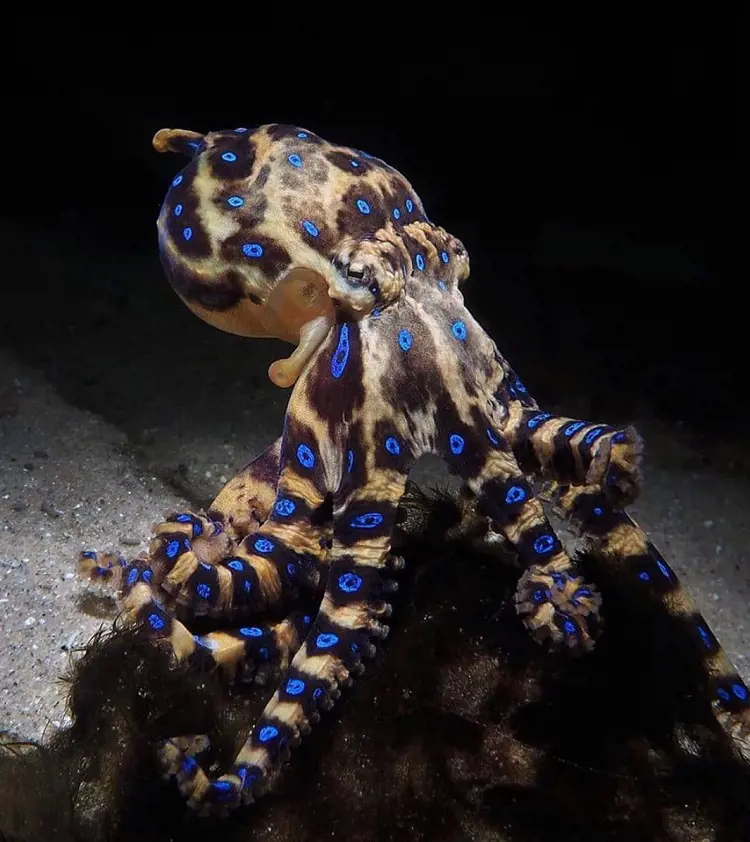
The Blue-Ringed Octopus is super dangerous! Even though they're small, like the size of your hand, their venom can kill 26 adults in just a few minutes. When they bite, it often doesn't hurt much, which makes it even scarier.
Their strong venom affects muscles, including the ones for breathing, and without quick medical help, it can lead to almost certain death. They have bright blue rings that show up when they feel threatened, like a warning sign.
- Interesting Facts: They're actually quite shy and peaceful when undisturbed, but their bite can quickly kill within minutes if left untreated.
15. Stonefish
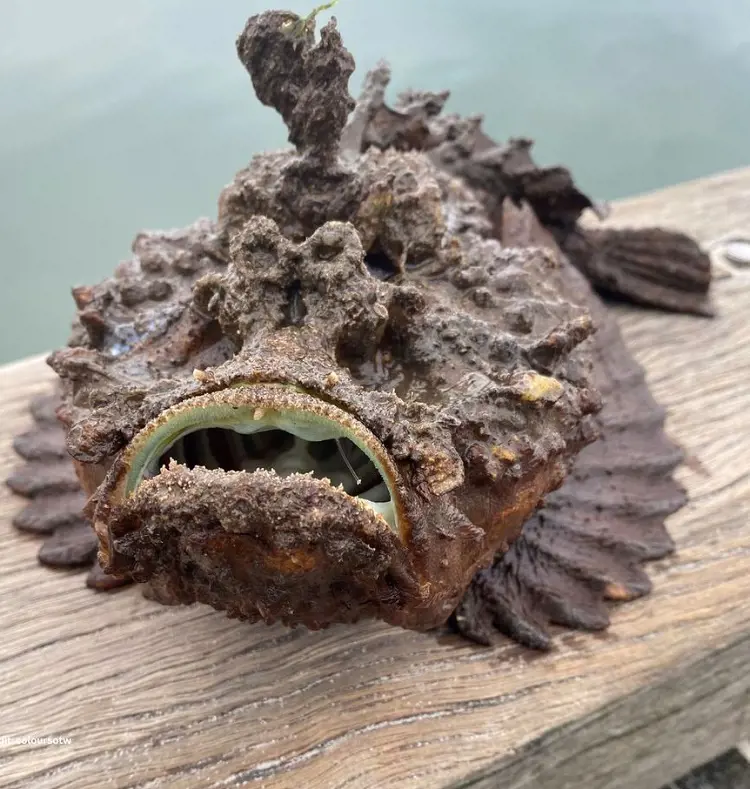
Stonefish are super sneaky in the ocean because they look like the muddy, coral-filled places they live in. They can stay hidden at the bottom and wait for prey to swim before attacking. They have 13 spines on their back that release venom when pressed, causing pain, swelling, or even tissue death.
Even though they might not look dangerous, stonefish are skilled at hiding and defending themselves, making them a threat to anyone who unknowingly steps on them.
- Interesting Facts: They are masters of camouflage and appear almost rock-like, making them difficult to spot and potentially lethal to step on.
16. Sydney Funnel-Web Spider
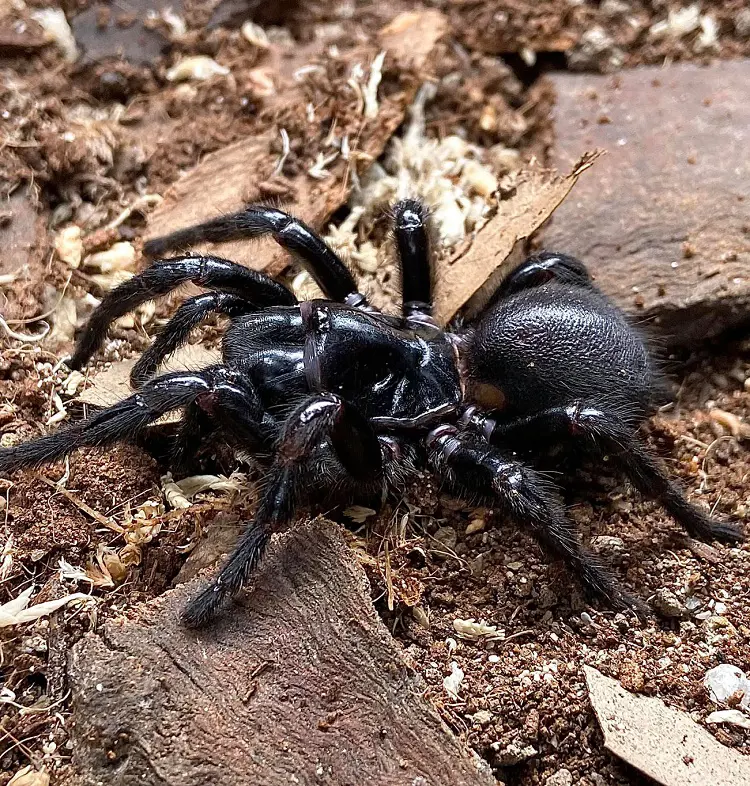
The Sydney Funnel-Web Spider is found only in Australia, specifically within 100 miles of Sydney. It carries venom made of complex toxic proteins that can overwhelm the nervous system and cause death in just 15 minutes.
The male spiders are more dangerous and usually stay in small burrows with up to 100 others. Before the 1980s, this spider was linked to 13 deaths, but since then, antivenom has been developed to treat its bites.
- Interesting Facts: Their venom is one of the most toxic in the world, but thanks to prompt antivenom treatment, fatalities are extremely rare.
17. Tsetse Fly
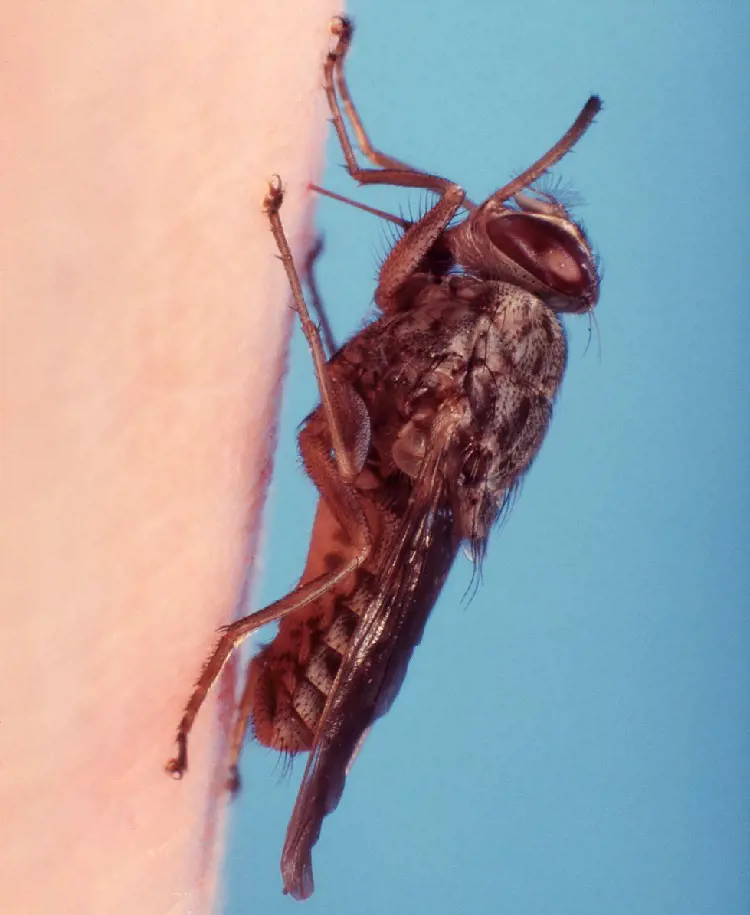
Trypanosomiasis, found in 36 sub-Saharan African countries, is a deadly disease transmitted by infected tsetse flies. Without prompt treatment, it is fatal. Until 2009, tens of thousands of cases occurred yearly. Fortunately, sustained efforts in the past decades have lowered global cases significantly, with only 977 recorded in 2018.
The disease, also known as sleeping sickness, poses a severe threat to public health in affected regions. Control measures, including insecticide use and medical interventions, have played a crucial role in curbing its spread.
- Interesting Facts: The tsetse fly is not only a blood-sucking insect but also a carrier of the deadly trypanosome parasite, causing sleeping sickness in humans and nagana in animals.
18. Komodo Dragon
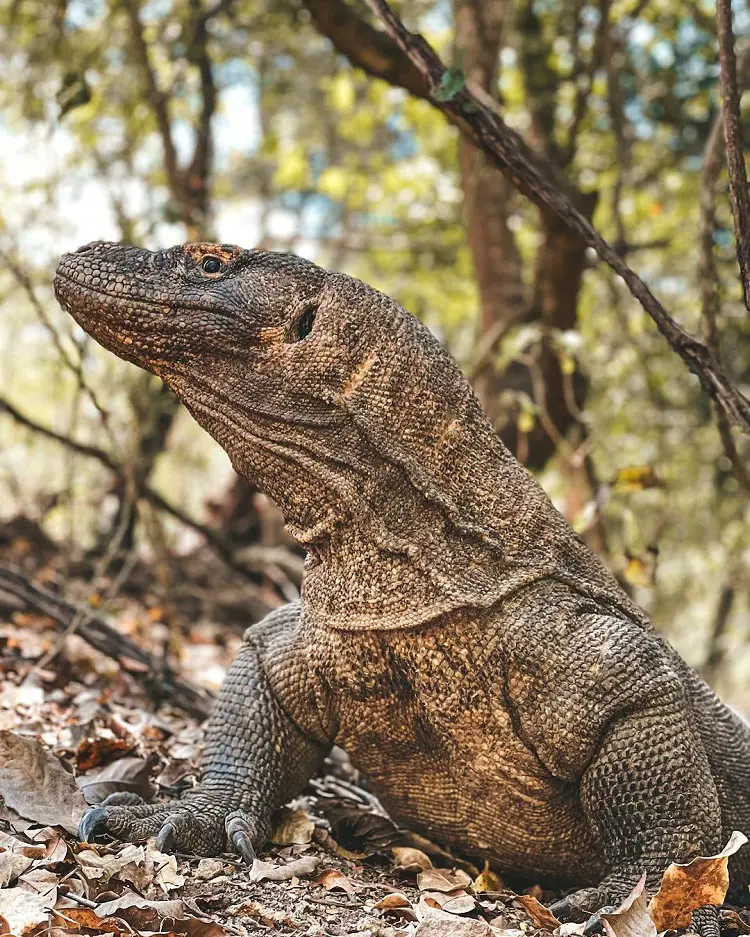
Komodo dragons, massive lizards growing up to 10 feet and weighing 300 pounds, are formidable and dangerous. With serrated teeth, strong jaws, and venomous bites causing blood loss and shock, they pose a threat. Despite not being swift, their saliva carries bacteria, leading to septicemia.
They primarily feed on deer, and buffalo but if threatened, they may consider humans as prey. Their unique combination of size, weaponry, and hunting strategies makes encounters with these colossal lizards a potentially perilous affair, highlighting the need for caution in their habitat.
- Interesting Facts: They have forked tongues that can smell in the air, helping them track down prey from long distances.
19. Mosquitoes
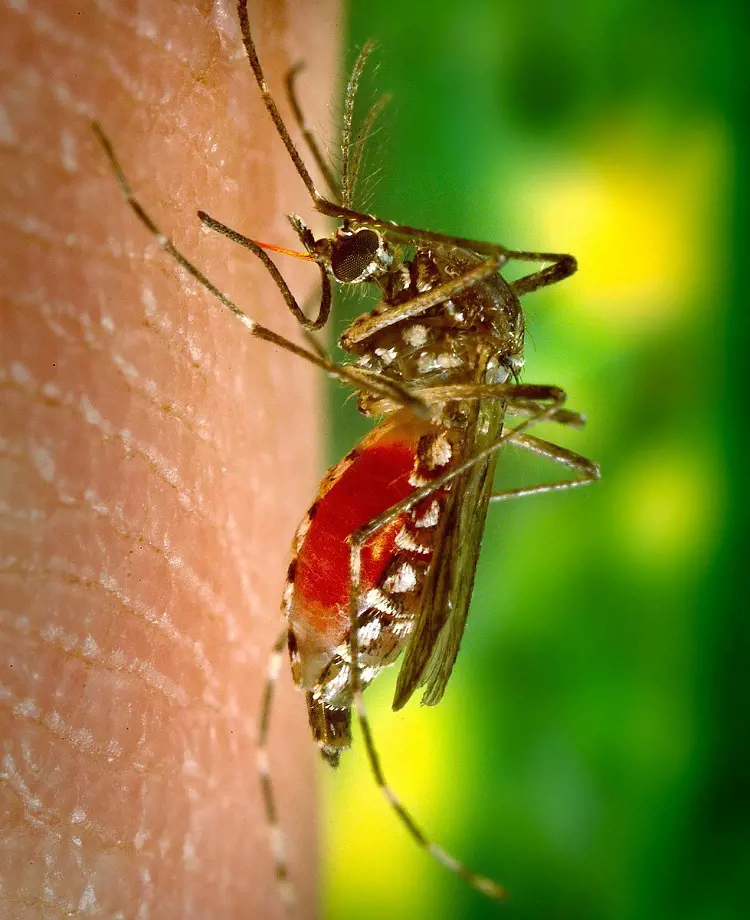
Among the smallest creatures, mosquitoes are the world's most dangerous animals, not due to size but the diseases they carry. Primarily transmitting malaria, causes 400,000 deaths annually and sickens millions more.
Additionally, these tiny insects carry lethal viruses such as dengue fever, yellow fever, Zika, West Nile, and encephalitis. Collectively, vector-borne diseases, spread by organisms like mosquitoes, result in over 700,000 deaths each year, as estimated by the World Health Organization.
- Interesting Facts: While they may seem small, they're responsible for more human deaths than any other animal, transmitting diseases like malaria and dengue fever.
20. Brown Recluse Spider
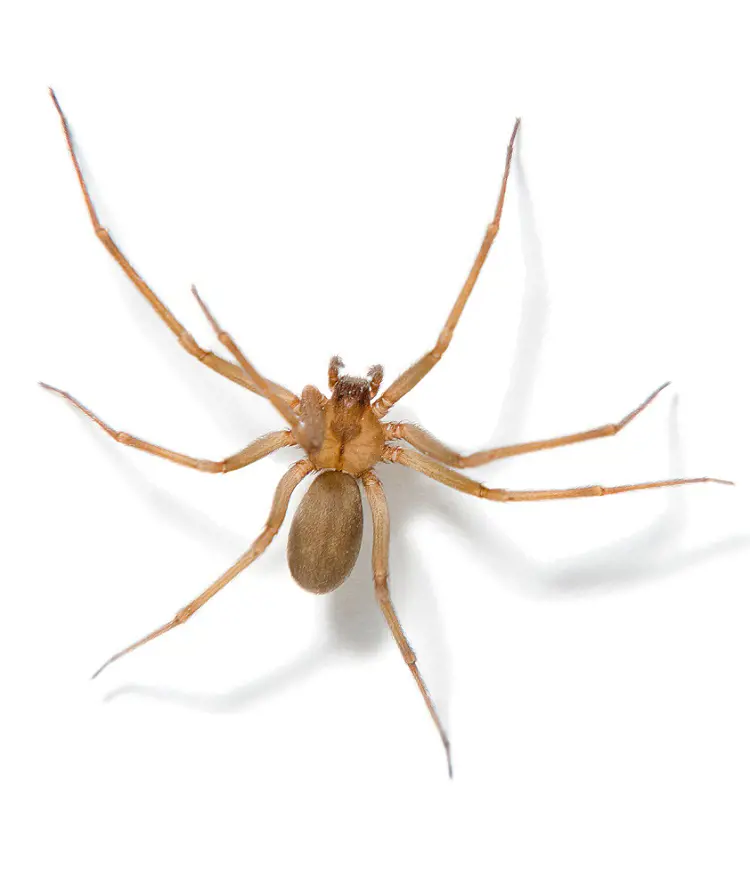
Brown recluse spiders, although having a bite that can be harmful, are not naturally aggressive. These small, nocturnal creatures, approximately the size of a nickel, like dark, quiet spaces such as basements and sheds. They are mainly located in the central and southern parts of the US.
This type of spider venom has enzymes that can cause tissue damage, resulting in painful wounds that may ulcerate in certain cases. While fatalities are extremely rare, there have been no confirmed recent deaths directly linked to brown recluse bites.
- Interesting Facts: Their bite can cause tissue death, resulting in painful, ulcerating wounds.
21. Pufferfish
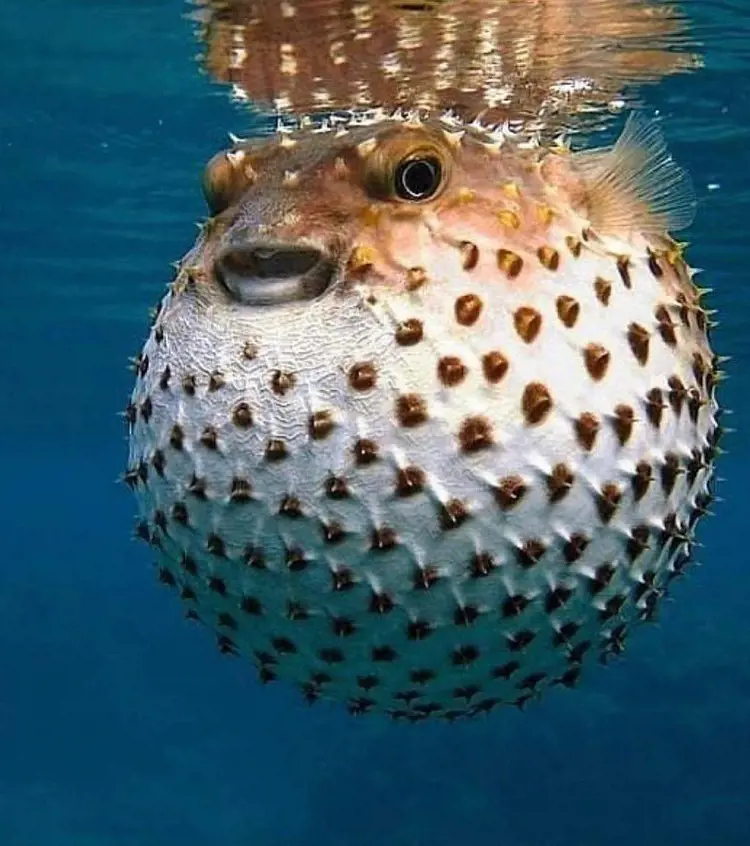
Pufferfish, with some species highly perilous and others less threatening. These fish come in various sizes, from tiny to over 3 feet, residing in tropical and subtropical waters near reefs or sandy bottoms globally.
The critical factor lies in the type of pufferfish consumed or if they are improperly prepared. Tetrodotoxin, found in certain species, can lead to paralysis, respiratory failure, and even death. Therefore, careful consideration of the pufferfish species and proper preparation are crucial.
- Interesting Facts: Some pufferfish even contain a deadly toxin called tetrodotoxin, which is 1200 times more poisonous than cyanide!
22. Assassin Bug
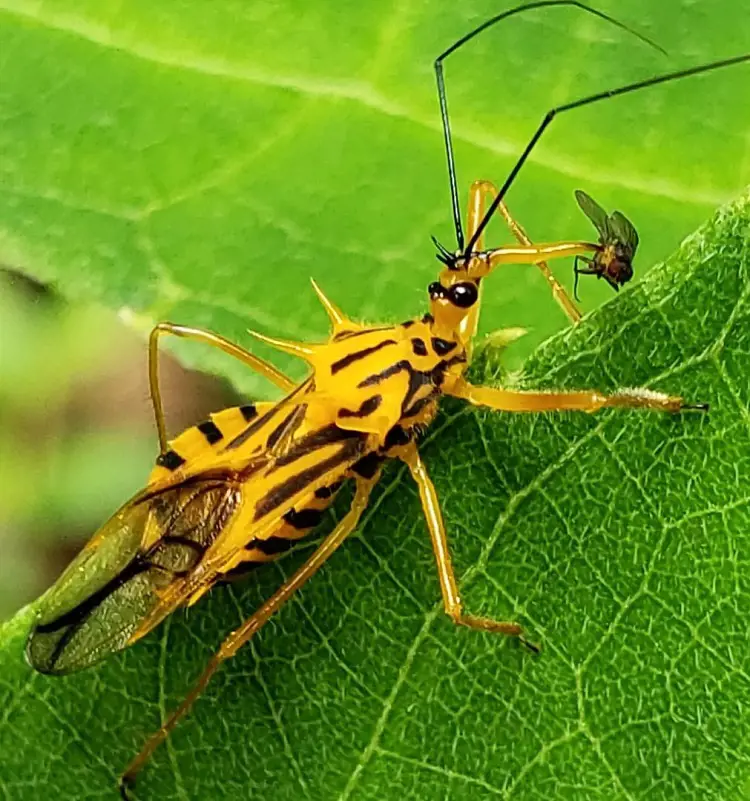
Much like the tsetse fly, the assassin bug is infamous for spreading Chagas disease. Globally, around 6 to 7 million people, mainly in urban areas, are infected with Chagas disease, leading to approximately 10,000 deaths yearly.
Despite only 30% of those infected showing symptoms, they can be severe, ranging from strokes to heart attacks. The assassin bug's role in transmitting this disease highlights the critical importance of addressing this health concern, especially in urban settings where the prevalence of Chagas disease remains a significant threat to public health.
- Interesting Facts: The assassin bug is a carrier of Chagas disease, leading to severe symptoms and thousands of deaths each year.
23. Africanized Honey Bee
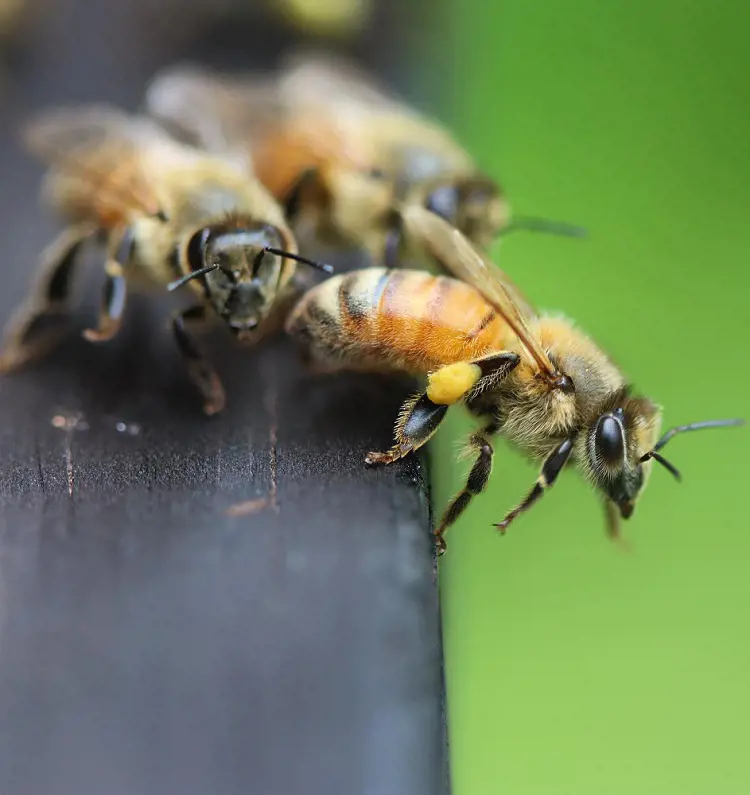
Africanized Honey Bees, vital for pollination and honey production, become highly perilous when disturbed. Even a single sting can trigger anaphylactic shock, a severe and potentially fatal reaction for those allergic to bee venom.
The danger extends to everyone, as multiple stings may overwhelm the immune system, resulting in significant health complications. While these bees contribute to ecosystems, caution is crucial and you should avoid these stinging insects!
- Interesting Facts: Nicknames as killer beers, Africanized bees are more likely to sting than other honey bees, and their stings can be more painful.
Recent posts
Animals
Animals
20 Best Pet Duck Breeds For Your Backyards
If you're considering adding a feathered friend to your backyard, a pet duck might just be the perfect choice. Not only are ducks adorable and entertaining to watch, but they also make great companions. However, with numerous duck breeds to choose fr...
Animals
20+ Popular Cow Breeds In America
Cattle ranching is a crucial part of America's ranching history, with cowboys or cattlemen being essential to the early economy. They played a key role in driving the growth of railroads, towns, and international trade. While not as adventurous as be...
